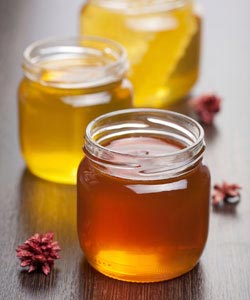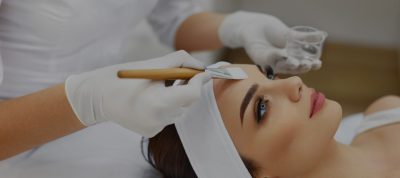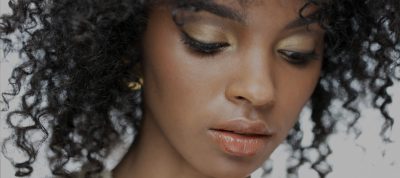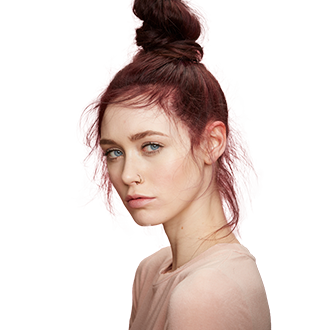 Manuka honey is known all over the world for its soothing, healing, antibacterial, and anti-fungal properties. It is produced from the nectar of wild manuka trees in New Zealand. The manuka tree is also known as the tea tree, which many people know of for the powerful anti-inflammatory oil that it produces.
Manuka honey is known all over the world for its soothing, healing, antibacterial, and anti-fungal properties. It is produced from the nectar of wild manuka trees in New Zealand. The manuka tree is also known as the tea tree, which many people know of for the powerful anti-inflammatory oil that it produces.
Manuka honey has been known to heal acne as well as wounds and even stomach ulcers. Manuka Honey is also a humectant, meaning that it helps the skin retain moisture, making it perfect for dry, flaky, irritated skin including eczema. It also helps balance the skin’s pH and contains amino acids that help to exfoliate the skin. In recent studies, Manuka honey has been shown to promote healthy structural growth collagen in skin cells, making it ideal for aging skin.
This honey is a jack of all trades, great for dry skin, inflamed skin, aging skin, and acne-prone skin types. It is different from other raw honeys because it has stronger antibacterial properties. Manuka honey contains an enzyme called glucose oxidiase, which produces the antibacterial, antimicrobial ingredient commonly known as hydrogen peroxide.
Manuka honey comes in different bioactivity strengths ranging from 5 to 25. The higher the strength, the stronger the antibacterial properties. It is best to use a strength of 12+ or above when using the honey topically on the skin. It is also best to use raw, organic, and non pasteurized honey because pasteurization kills the enzymes that make it good for the skin.
Manuka honey can be used in many ways. It can be used as a face wash, or as a masque, or a spot treatment. When used as a mask, it is best to apply and leave on face for 20 to 30 minutes. Or spot treat and leave on overnight.
Student resources











